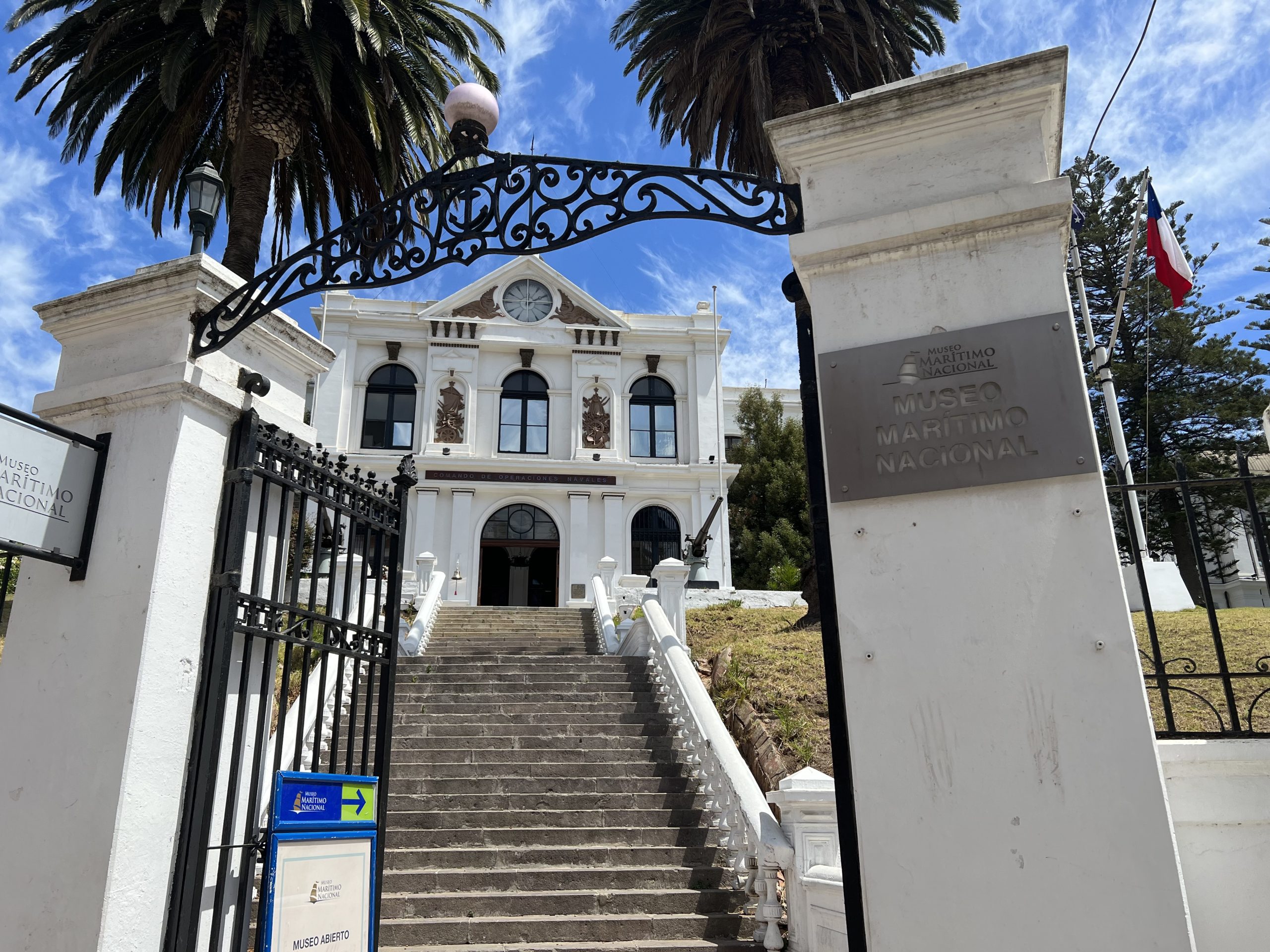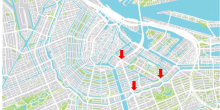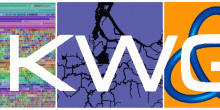This January from 9 to 13, I was very pleased to attend an annual summer school (XVIII Escuela de Verano en Matemáticas Discretas) in discrete mathematics at Instituto de Sistemas Complejos de Valparaíso (ISCV), Valparaíso, Chile. It was the very first time for me to attend such a summer school overseas as a master’s student and had the opportunity to communicate with postgraduates and professors with similar interests. It was a wonderful journey, especially when discussing mathematics.
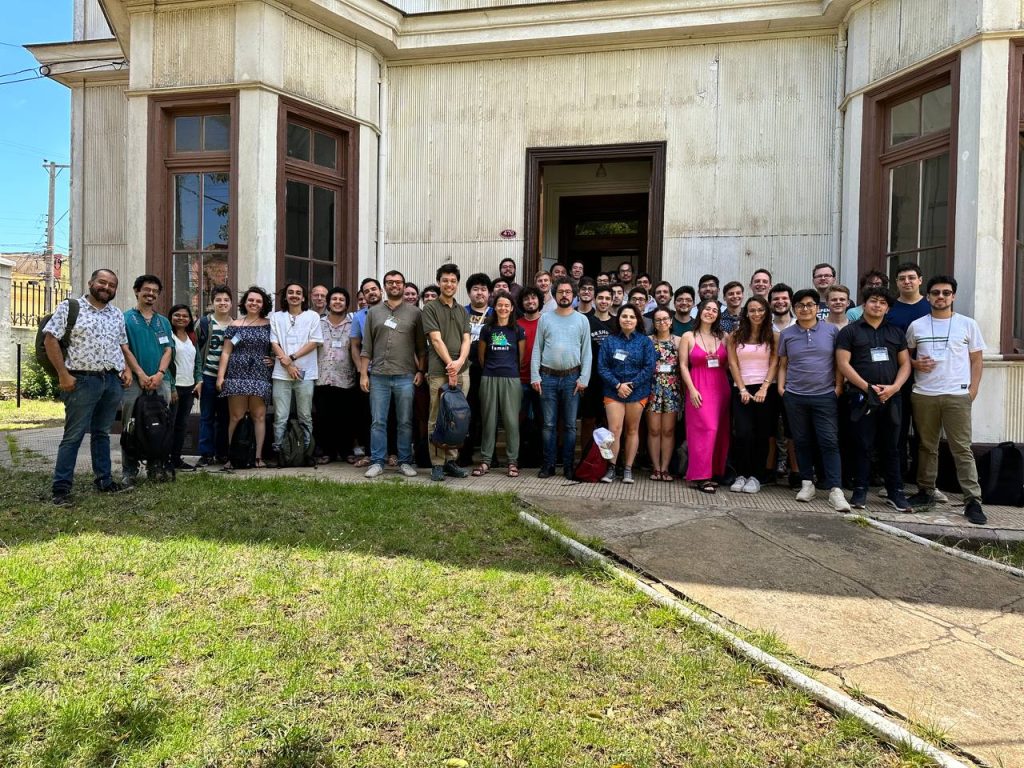
The summer school takes place yearly, this year’s was the 18th edition. The school is meanyt for students with an interest in algorithms, combinatorics, optimization, and their various applications. This is exactly where my interests lie! Also, the topics of this year’s courses are closely related to courses that I selected in my master program last semester, such as Discrete Optimization, Continuous Optimization, etc. Therefore I applied for it and finally got the offer and a scholarship covering the local expenses. In fact, I was hesitant about whether I should go there as one of my exams was on January 16 and the flight from Amsterdam to Santiago took about 20 hours; however, I decided to attend the school and I am glad I did, it was definitely the right choice!
It was not an easy journey for me, not only because the flight was too long, but also because almost all of the citizens of Chile only speak Spanish, which I can’t speak or read. But when I sat in the ISCV the first time and listened to the first lecture, I knew this was worth it. Every year there are three different courses provided by world-leading experts, and this year’s lectures include: Graphs with high chromatic number by Dr. Marthe Bonamy (Université de Bordeaux), Provable Algorithms for Data Mining and Machine Learning by Dr. Vincent Cohen-Addad (Google Research), and Linear programming: the quest for strongly polynomial algorithms by Prof. Laszlo Vegh (London School of Economics).
Dr. Marthe Bonamy’s course was about the chromatic number, one of the most studied parameters in graph theory, both from the structural and the algorithmic point of view. We investigated how the chromatic number of a graph related to the maximum degree and the clique number of a graph, the probabilistic method pioneered by Paul Erdős (a method using probability for proving the existence of a prescribed kind of mathematical object),  -bounded graphs, and coloring algorithms. It was nice to learn about these new topics and I hope to develop further in the field by taking a new semester’s Mastermath course Probabilistic and Extremal Combinatorics.
-bounded graphs, and coloring algorithms. It was nice to learn about these new topics and I hope to develop further in the field by taking a new semester’s Mastermath course Probabilistic and Extremal Combinatorics.
Dr. Vincent Cohen-Addad’s course was about efficient algorithms design for problems arising in data mining and machine learning. The well-known examples would be  -centering, correlation clustering, and nearest neighbor. I have learned them in a bachelor course but I did not expect to connect the approximation algorithm (which was discussed in the master course Discrete Optimization last year) to them and it was surprising to me that there always exists a relatively small subset of the data (so-called coreset) which gives a relatively good result.
-centering, correlation clustering, and nearest neighbor. I have learned them in a bachelor course but I did not expect to connect the approximation algorithm (which was discussed in the master course Discrete Optimization last year) to them and it was surprising to me that there always exists a relatively small subset of the data (so-called coreset) which gives a relatively good result.
Prof. Laszlo Vegh’s course was about linear programming, an important tool connecting discrete and continuous problems. Consider a problem that is given by an input of N rational numbers in binary description. A strong polynomial algorithm for such a problem basically means it runs in polynomial(N) time and space, and only uses elementary arithmetic operations. Such algorithms are known for various network optimization problems. For general linear programs, the best-known bounds depend on certain condition numbers of the constraint matrix. In this course, we learned about circuit imbalances, interior point methods, etc. It was nice for me to connect the course to the optimization courses in Mastermath, the nation wide master program in mathematics in the Netherlands, and learn about further topics.
Out of the three courses, the first one interests me the most and I hope to work on something related for my master thesis next year. Besides the regular lectures, we also got opportunities to work together on exercises during working sessions and listen to students’ talks. All of the student’s talks were very interesting, most of the talks were by Ph.D. students, but there were also talks about their master projects and also fun talks by an undergraduate. The topics ranged from Suduko to Connectivity Augmentation Problem (CAP), from game theory to Combinatorial Generation. I got to know lots of interesting topics which I did not know before there. I am not one of the speakers this year as I do not have my own research topic yet but I am looking forward to giving a talk there in the future!
ISCV is located right close to Museo Naval Y Maritimo, which is a Maritime Museum, and also very close to a port. The landscape there was super wonderful. Despite it was in winter in Amsterdam, it was in summer in Valparaíso and the sunlight was perfect. Besides enjoying discussing mathematics with participants, some of us also went out for dinner and discussed hobbies, their own culture, and much more, I really had a good time there.
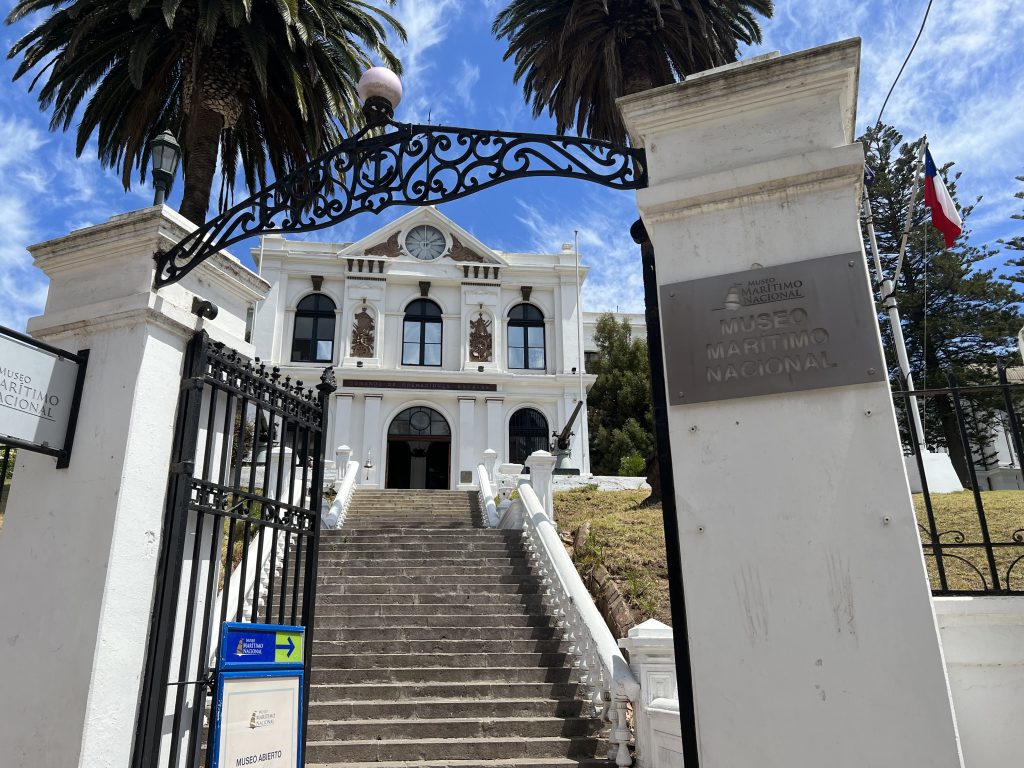
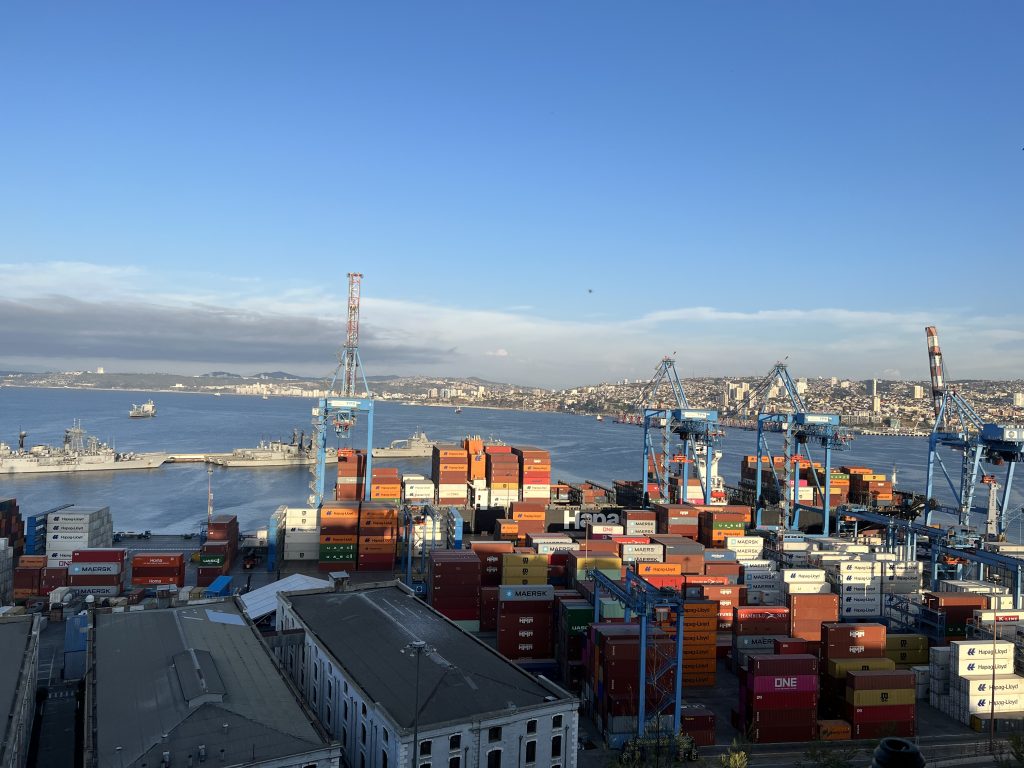
After one week of summer school, I not only learned more about mathematics but also knew a lot of undergraduates, graduates, and Ph.D. students from all over the world, such as Chile, the US, Germany, Canada, etc. It is a pity that I was the only student from the Netherlands this year, and I hope the master’s students and Ph.D. students interested in discrete mathematics and studying or working in the Netherlands could learn about this wonderful learning opportunity and more and more would be there in the near future! Of course, as the Netherlands has very strong groups working on these themes, it would be also wonderful if such a summer school can also be organized here and attract excellent junior researchers from all over the world.
If time permits, I will be not hesitated to apply for the future editions of the school and attend if get accepted. And if you are also interested, please join me and let us have fun with mathematics!
You can also visit my personal website here.

